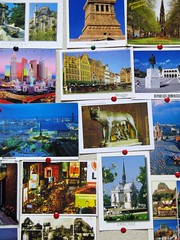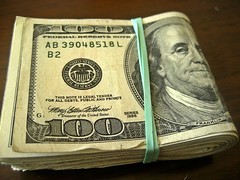A few months ago, I wrote a post about the best Mac productivity widgets. I thought it only fair to give Android fans a similar post. Here are five top apps.
Swiftkey – a virtual keyboard that can practically let you touch type on your phone. The software predicts what you’re typing and learns as you use it.
File Explorer – misplaced a file? this app will search through your phone, dropbox, Google Drive, and more to help you find documents, photos, and videos
Flipboard – Make your own personalized magazine, with just the stories you’re interested in (and the tablet version is gorgeous). It’s great for inspiration for blog posts or sharing on social networks (and it’s free).
Evernote – if you’re like me, you scribble ideas and notes on lots of little scraps of paper (and end up with a mess). Evernote fixes that. Everything in one place, neatly organized. The standard version is free.
Titanium Backup – backup your data, your settings, your memory card info, everything. Backup, it’s a good thing!
Voice Search – search without typing at all. You can send text messages, navigate through menus, and find addresses (great for working while you drive).
Todo – syncs your to do list with Dropbox (for safe storage in the cloud). Files are in txt format so they’re easy to move and open with any editor.
Dropbox – access your files, documents, and images wherever you are; or use it as backup.
ES File Explorer -can’t find a file? This app will search your phone, Dropbox, Google Drive, and Amazon S3 and find the documents, photos, and videos you’re looking for.
Voice Recorder – easily record message and send them (no typing!)





